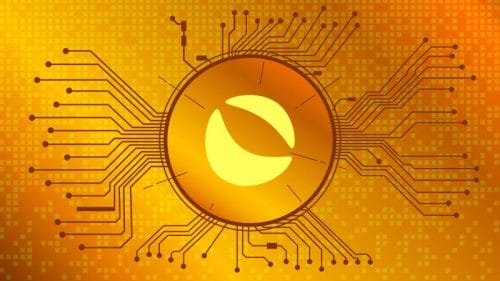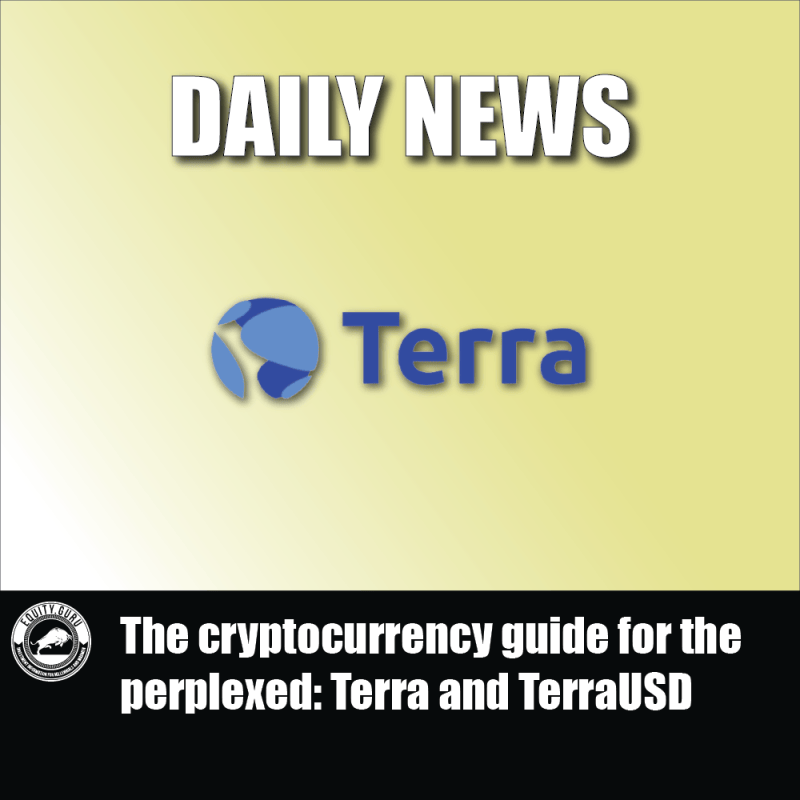The truth about most stablecoins is that the organizations behind them are rarely stable. That’s not to say the asset doesn’t somehow don’t hover around their associated price point, but that the organizations behind them are subject to instabilities that could otherwise compromise their stability.
Consider Tether.
It’s governance structure and its claims to be able to field all of those coins presently out there in the field are curious and not at all transparent. You invest in Tether at your own risk and should do your own due diligence to determine whether or not you believe their claims that they can put up the necessary collateral to meet the demand of every coin presently operating. They probably can’t. The attorney general of New York doesn’t believe so either.
Then there’s USDC and its underlying company, Circle. It doesn’t share the same issues as Tether, but it does have a glaring issue in that it’s centralized around the health and welfare of a company. Any company maintaining a stablecoin could be (and likely will be) subject to regulatory scrutiny in the future, including exposing investors to the threat of having their account frozen or asset seizure at worst.
Decentralized stablecoins do their best to avoid these types of issues by maintaining their pegs through algorithms instead of through cash. First among them is the Terra variety of stablecoins, and their peculiar relationship with the decentralized coin, Terra (or LUNA, both are fine). And there is a variety of stablecoins—largely scattered out to cover as many global economic regions. For example, there’s a TerraUSD (which we’ll be talking about in this article) but also a TerraEUR, TerraJPY and more. You get the idea.
How does Terra work?

Each use a process called arbitrage to maintain their price pegs.
Arbitrageurs are traders who profit from small discrepancies in price. They help to keep the price of UST in check by selling LUNA for UST when the price of UST is below $1, and conversely picking up some LUNA when UST climbs above $1.
Here’s investopedia’s definition of arbitrage:
“Arbitrage is the simultaneous purchase and sale of the same asset in different markets in order to profit from tiny differences in the asset’s listed price. It exploits short-lived variations in the price of identical or similar financial instruments in different markets or in different forms.
Arbitrage exists as a result of market inefficiencies and it both exploits those inefficiencies and resolves them.”
TerraUSD is pegged to the U.S. dollar through a network of arbitrageurs who buy and sell Terra’s cryptocurrency LUNA. Here’s how this works:
You need to mint UST before you can buy it. To mint it, you’ll need to buy LUNA. The protocol then takes the LUNA and burns them, causing a supply contraction and making LUNA’s price go up. The same works in reverse, if you’re going to mint LUNA, you’ll convert UST stablecoins, which will cause the price to go up.
Why go to all this trouble?
Terra is more than just a volatile cryptocurrency and stablecoin pairing. Essentially what you buy when you buy LUNA is access to Terra’s entire ecosystem. The coins actually exist in tandem to fuel Terra’s next-generation blockchain payment network, presently being used in the Asian e-commerce markets. The idea behind this is to improve efficiency for payment service providers while increasing value for customers.
Terra helped forge an partnership with 15 partners, accounting for USD$25 billion in merchandising value, and a 45 million strong customer base.
Built using Cosmos blockchain, Terra was designed as a potential disruption for retail payment applications like Google Pay and Samsung Pay. Terra’s tech is designed to help payment services providers to potentially save hundreds of millions of dollars per year. For users, the system stands out from competitors with their discounted transaction fees, wherein they charge 0.5-2% while 2.5-3% is the industry standard.
The final word
If there’s anything left to be said about Terra and TerraUSD it’s that while they’re decentralized and regulation resistant to a fault—the government will need to find alternative ways to regulate it—it’s still not private. Everything that happens on each of Terra’s stablecoins and its decentralized coin are still perfectly viewable on their respective block explorers.
Depending on where you sit on that particular argument, it could be a serious strike against.
Terra presently sits at eighth in size by market cap, at roughly $33 billion, and costs $94.92 to get one. TerraUSD is 13th by market cap at $17.8 billion, and predictably will cost you a dollar.
—Joseph Morton

